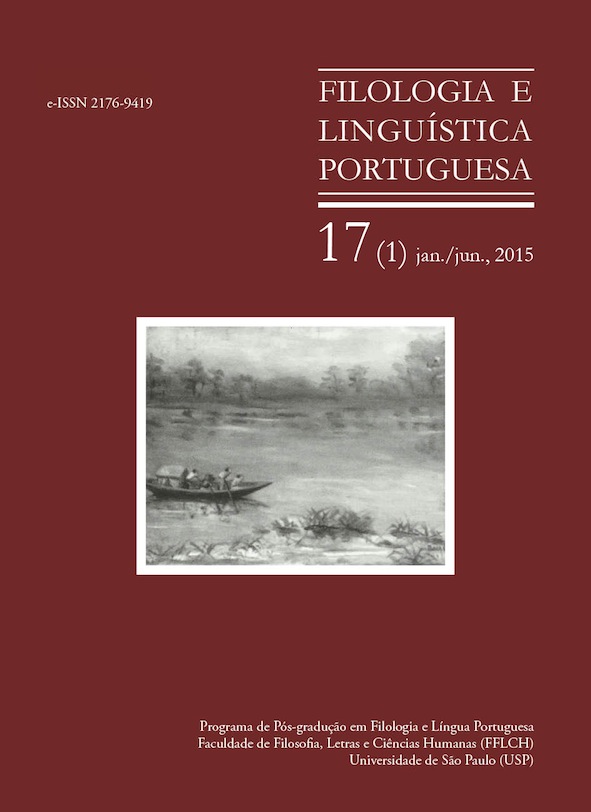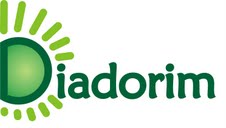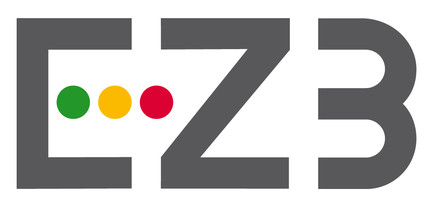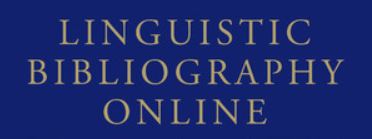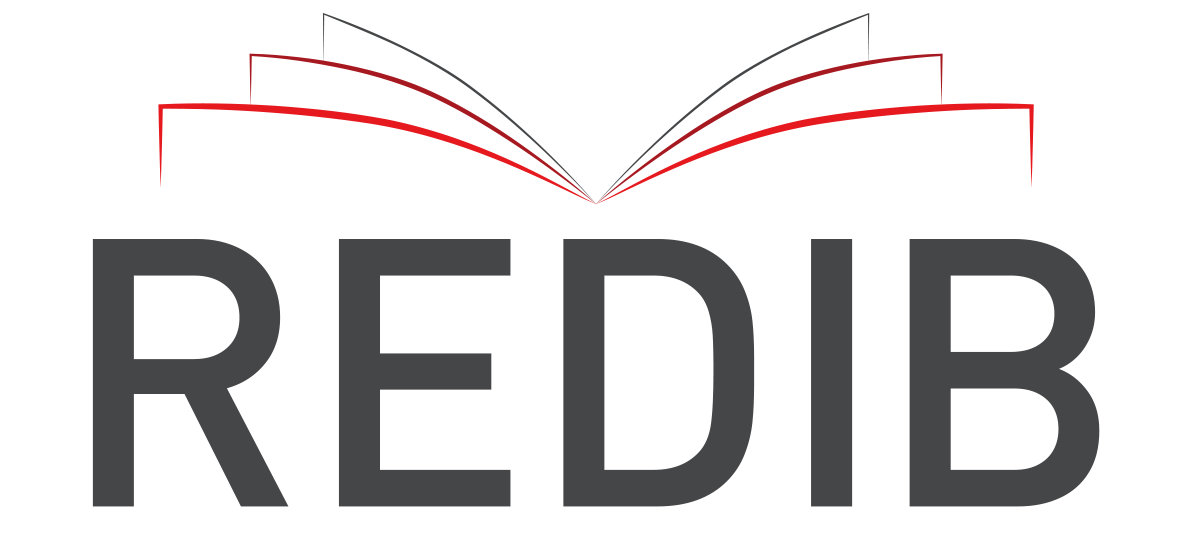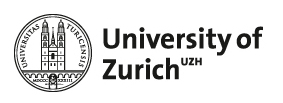Textual sequences in oral genre: analysis of a university level expositive class
DOI:
https://doi.org/10.11606/issn.2176-9419.v17i1p179-203Keywords:
Discourse Textual Analysis. Textual Sequences. Expository Class. Oral Texts.Abstract
This paper focuses on the textual and discursive organization of the oral genre "conference" (also called, in this paper, "oral presentation"). Based on text planning and context production, our goal is to analyze, textualization strategies employed by the user and "top-down" regulations (regulations forced into the enunciation due to their given social place, language and genre) that interfere in such production and, therefore, are present in the texts being studied. The corpus chosen is part of the formal utterances (a university level class), transcribed by the NURC - Urban Standard Language in São Paulo City Project (Projeto da Norma Urbana Culta da Cidade de São Paulo – SP) and published by Castilho and Preti (1986). Our theoretical framework leans on the aspects related to Discourse Textual Linguistics, as proposed by Adam (2000). From this perspective, we investigate the relationship between the macro-structural organization of the text and the various external factors at play in the textual elaboration of the corpus under analysis. Our focus lies on the aspects related to the communicative situation and to the interaction among speakers. The results of the analyses raise discussions regarding the interaction postulated by Adam (2000) between “bottom-up” regulations, which govern the chains of propositions in the system constituting the text, and “top-down” regulations, which are imposed by the situations of interaction and by genre. This way, we also try to show, in our analysis, that oral presentations have specific textual strategies. An example is the adoption of a narrative textual type which can be an indication of the asynchronous character of such genre, once the narrative is monological (in the conversational sense) and limits the possibilities for cooperation from the listeners. Thus, under the impact of the search for expression and for interaction, statements can take infinite forms, but genres and languages interfere as factors that regulate the textuality process.Downloads
References
Adam JM. A linguística textual: introdução à análise textual dos discursos. São Paulo: Cortez; 2008.
Bakhtin M. Estética da Criação Verbal. 3. ed. São Paulo: Martins Fontes; 2000.
Carvalho G. Gênero como ação social em Miller e Bazerman: o conceito, uma sugestão metodológica e um exemplo de aplicação. In: Meurer JL, Bonini A, Mota-Roth D. Gêneros: teorias, métodos e debates; 2005. p. 130-151.
Castilho AT, Preti D. A linguagem falada culta na cidade de São Paulo: elocuções formais. São Paulo: T. A. Queirós; 1986.
Costa SR. Dicionário de gêneros textuais. Belo Horizonte: Autêntica; 2008.
Kerbrat-Orecchioni C, Traverso V. Types d’interactions et genres de l’oral. Languages. 2004;38(153):41-51.
Kerbrat-Orecchioni C. Análise da Conversação: princípios e métodos. São Paulo: Parábola; 2006.
Marcuschi LA. O diálogo no contexto da aula expositiva: continuidade, ruptura e integração. In: Preti D. Diálogos na fala e na escrita. São Paulo: Humanitas; 2005. p. 45-83.
Moll TM. La interacción en la clase magistral: Rasgos linguísticos del discurso interactivo en inglés [tese]. Alicante: Universidad de Alicante; 2002.
Pecheux M. L’Inquiétude du discours. Paris: Éditions des Centres; 1990.
Silva LA. Estruturas de participação e interação na sala de aula. In: Preti D. Interação na fala e na escrita. São Paulo; 2002. p. 179-203.
Silva LA. O diálogo professor/aluno na aula expositiva. In: Preti D. Diálogos na fala e na escrita. São Paulo: Humanitas; 2005. p. 19-43.
Downloads
Published
Issue
Section
License
Copyright is transferred to the journal for the online publication, with free access, and for the printing in paper documents. Copyright may be preserved for authors who wish to republish their work in collections.


